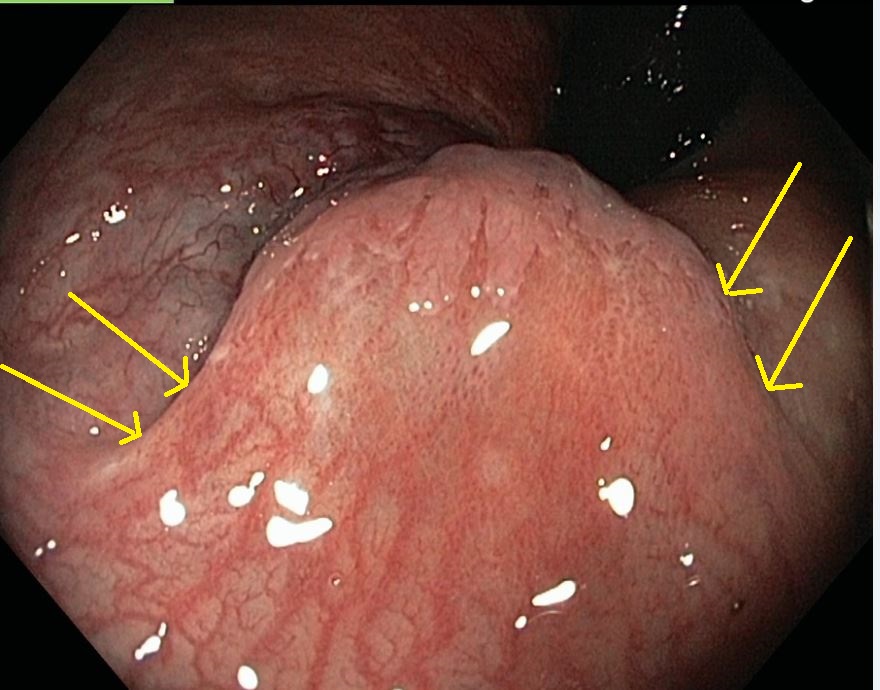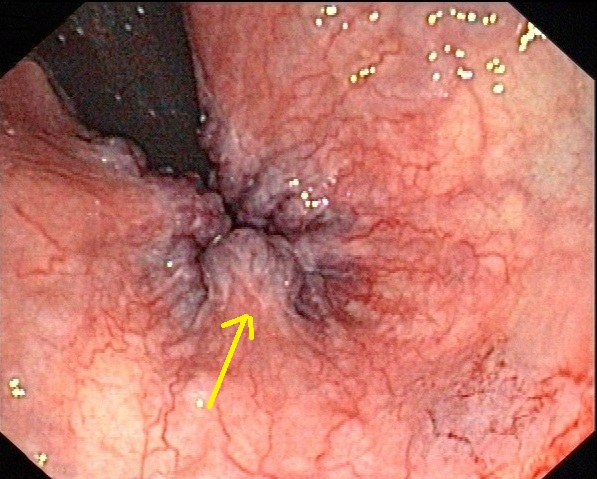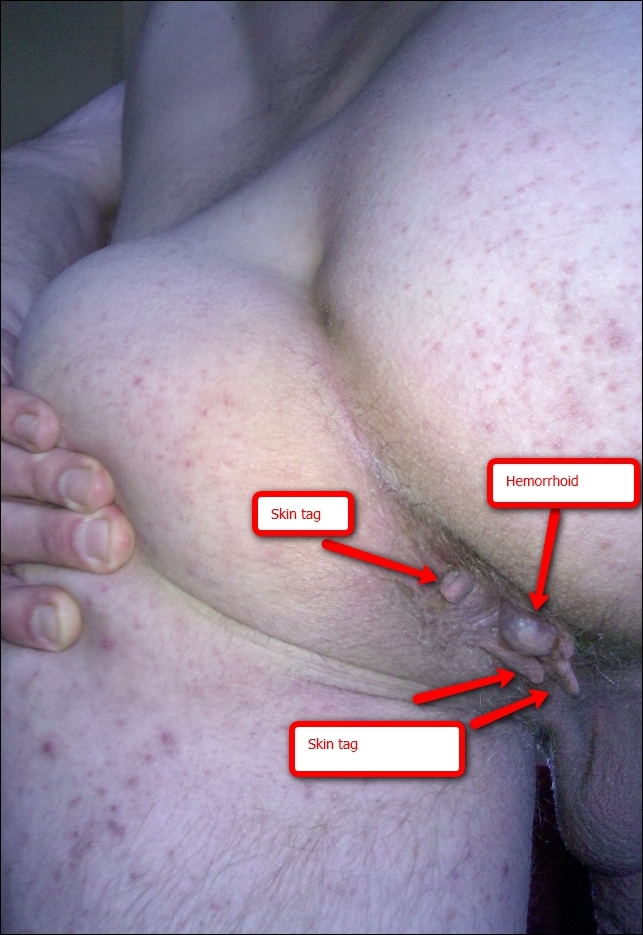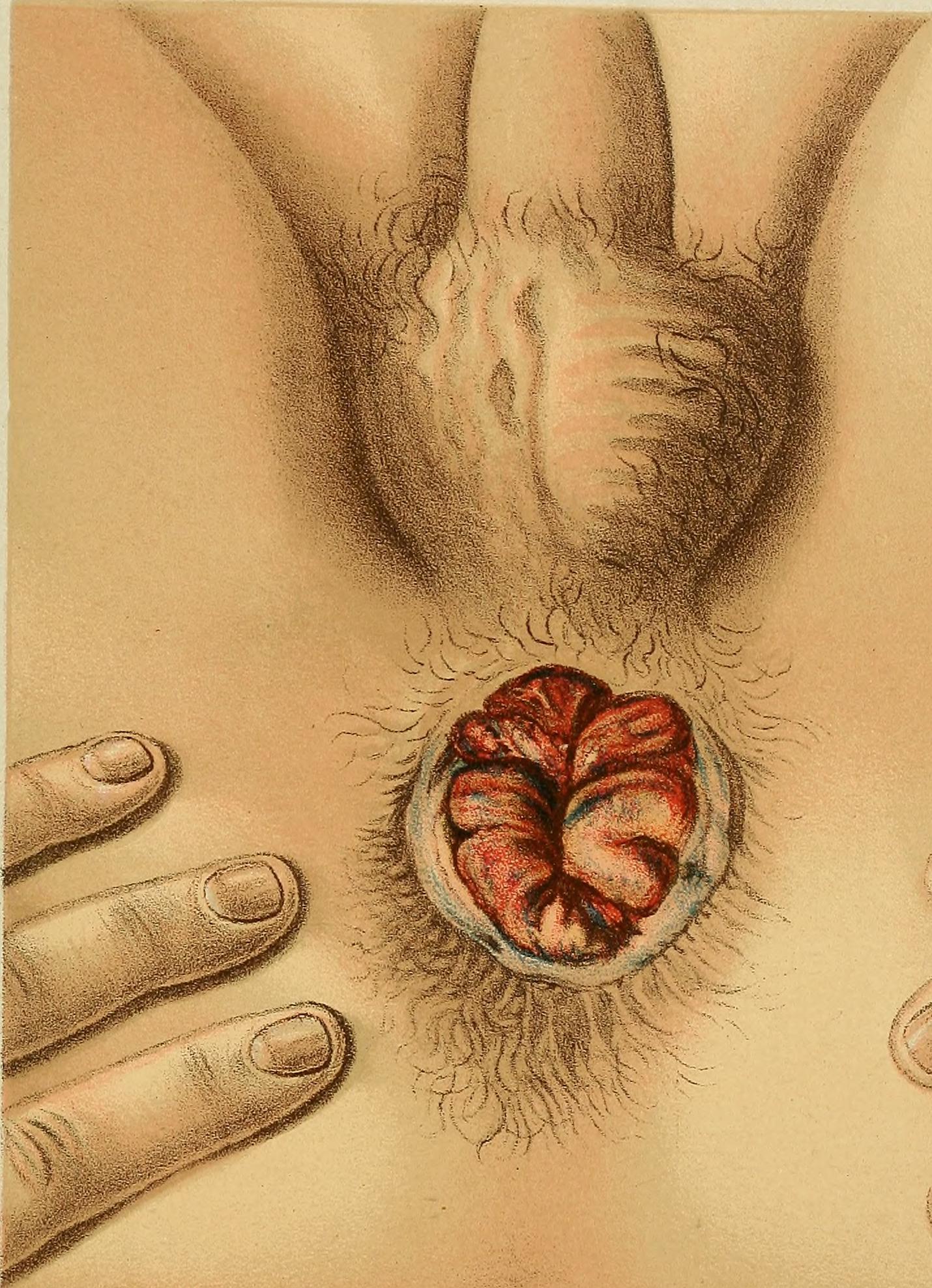Hemorrhoids pathophysiology: Difference between revisions
Jump to navigation
Jump to search
Ahmed Younes (talk | contribs) |
Ahmed Younes (talk | contribs) No edit summary |
||
| Line 24: | Line 24: | ||
{{#ev:youtube|QKndv13bXHA}} | {{#ev:youtube|QKndv13bXHA}} | ||
==Gross pathology== | ==Gross pathology== | ||
Revision as of 19:51, 22 August 2017
|
Hemorrhoids Microchapters |
|
Diagnosis |
|---|
|
Treatment |
|
Case Studies |
|
Hemorrhoids pathophysiology On the Web |
|
American Roentgen Ray Society Images of Hemorrhoids pathophysiology |
|
Risk calculators and risk factors for Hemorrhoids pathophysiology |
Editor-In-Chief: C. Michael Gibson, M.S., M.D. [1]; Associate Editor(s)-in-Chief: Ahmed Younes M.B.B.CH [2]
Overview
Hemorrhoids develop due to a combination of genetic predisposition (weak rectal veins) and certain diet and defecation habits.
Pathophysiology
- Hemorrhoids can be internal and external.
- Internal hemorrhoids are located above the dentate line and they occur due to dilatation of the superior hemorrhoidal plexus.
- The connective tissue over the superior hemorrhoidal plexus is innervated via visceral nerves and thus it is pain insensitive.
- External hemorrhoids are located below the dentate line and occur due to dilatation of the inferior hemorrhoidal plexus.
- The first step in the pathogenesis of either type of hemorrhoids is weakening of the surrounding connective tissue and vein wall. All the risk factors (old age, pregnancy, portal hypertension, etc) lead to aggravating this weakness or add more pressure from within the vein.
- Increased tone of the internal anal sphincter causing the feces to press the hemorrhoid against the muscle and thus decreasing venous return and aggravating the symptoms.
- The arteriovenous anastomosis may play a role in the development of hemorrhoids. This is supported by the fact that some hemorrhoids improve after ligating the connecting arteries.
- The redundant bulging mucosa is easily injured causing bleeding. The blood is usually bright red reflecting high oxygen content due to the proximity of AV anastomosis.
{{#ev:youtube|QKndv13bXHA}}
Gross pathology
- External hemorrhoids appear on inspection of the anal verge as skin tags or strangulated or free prolapsed veins.
- Internal hemorrhoids appear as bluish bulgings of the veins in the mucosa.



